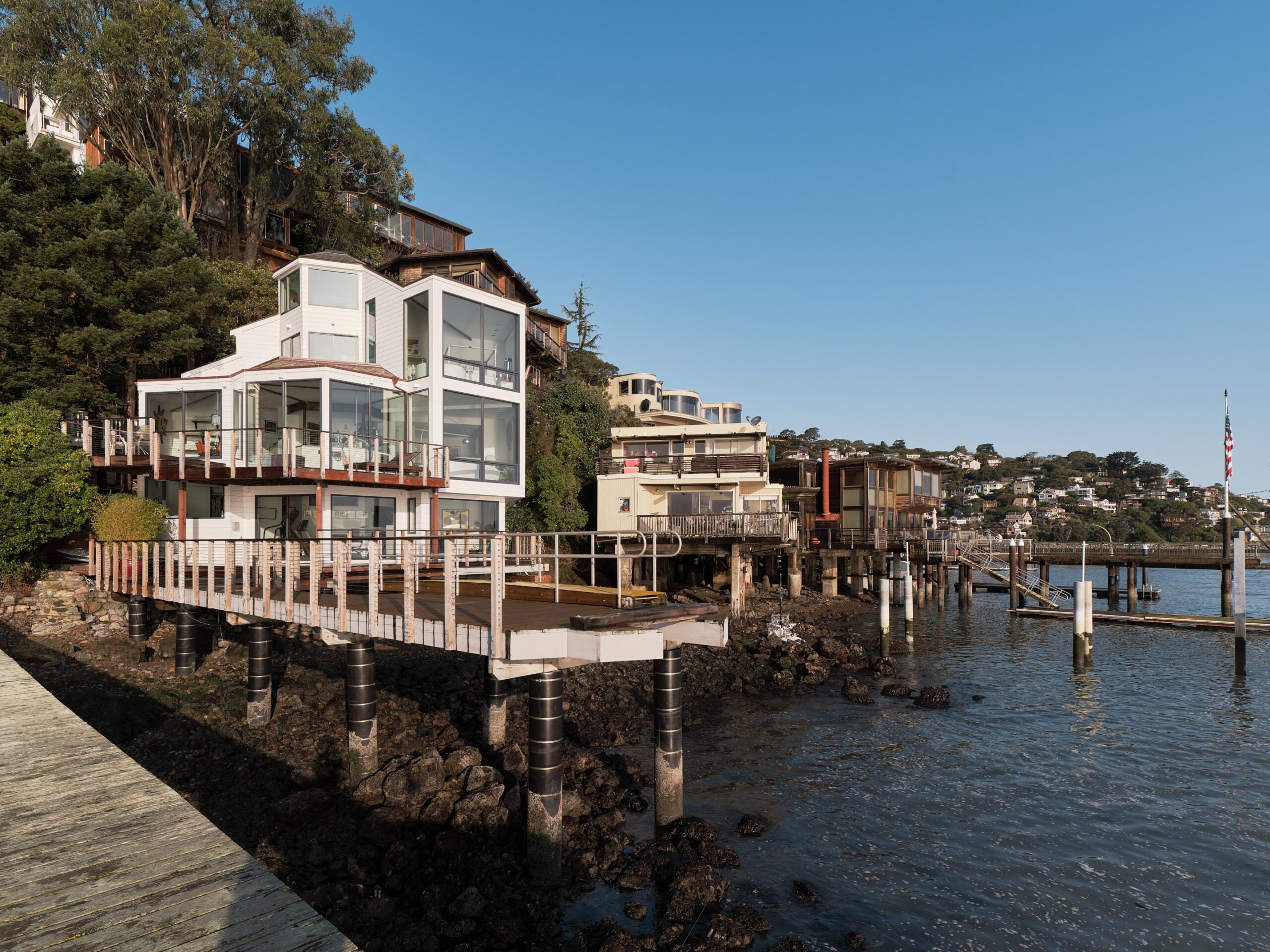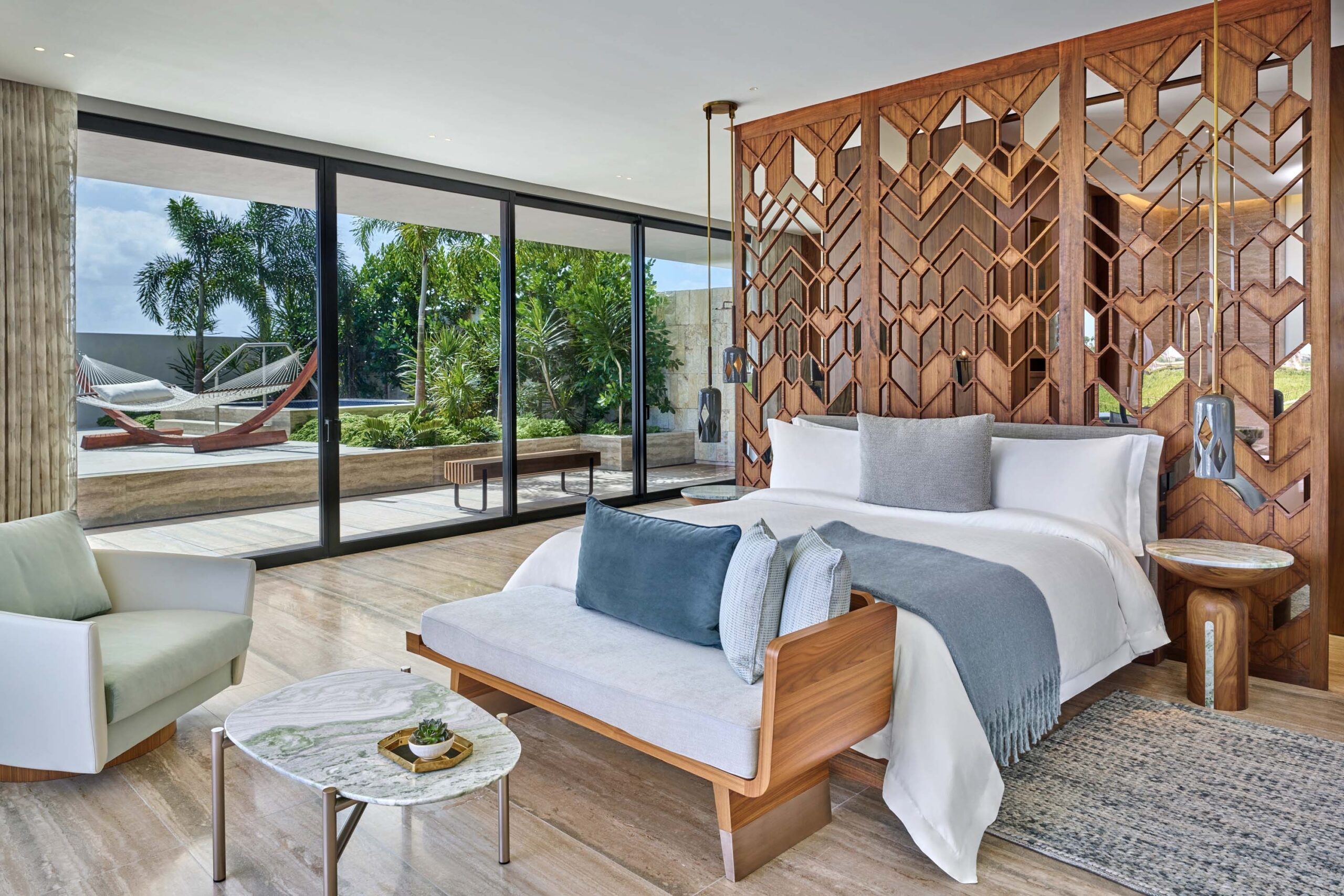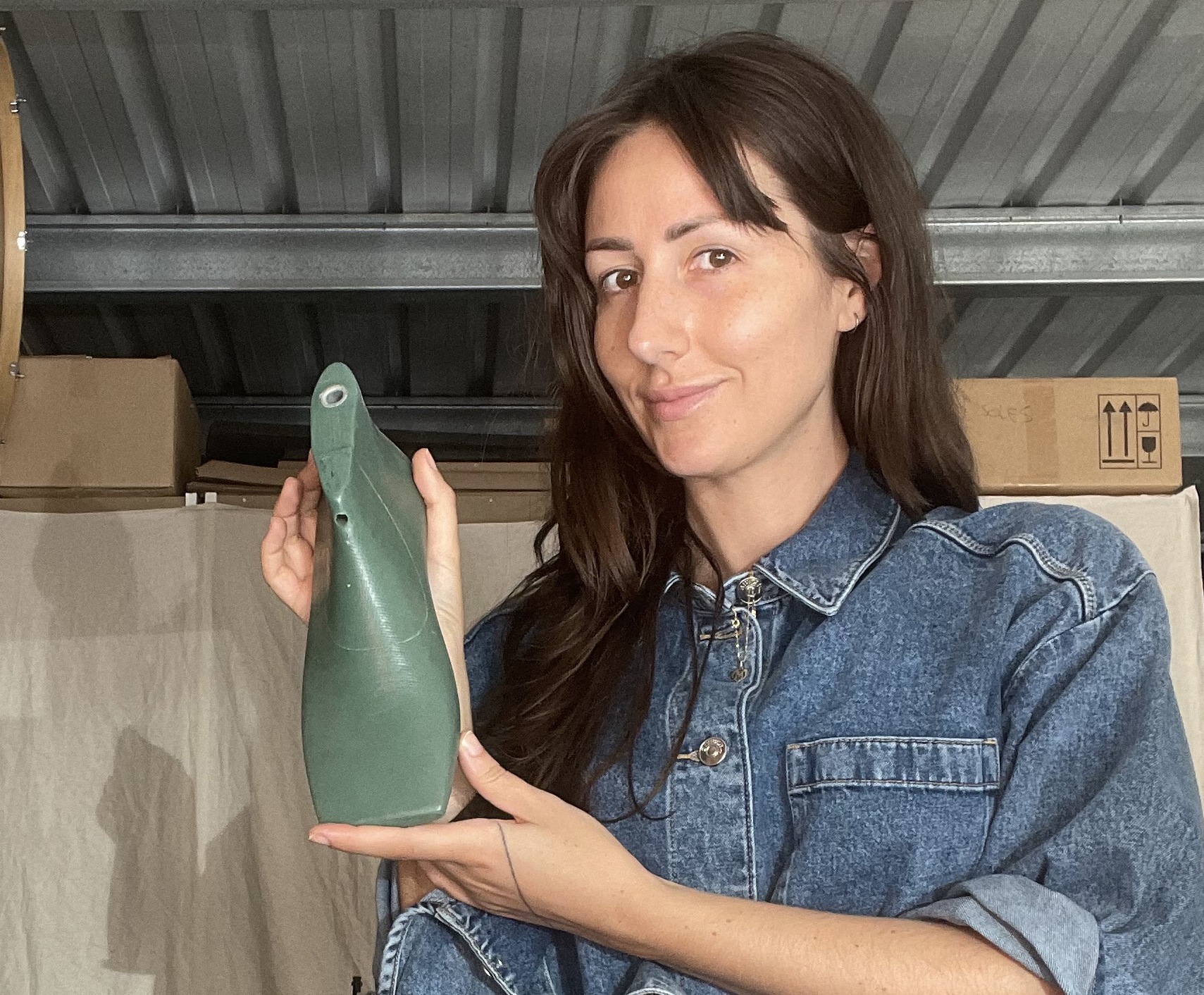Fresh off his win for Emerging Architect of the Year – Living Space at the LIV Hospitality Design Awards, Gabriel Velasco is an architect on the rise. His award-winning project, Relinquetur, is a perfect example of his design philosophy: creating spaces that seamlessly integrate with the surrounding environment.
Hailing from the Savannah College of Art and Design, Velasco’s focus extends beyond aesthetics. Relinquetur, situated on the captivating Hunting Island, South Carolina, is a research centre that delves into the intricate dance of microecosystems within the marsh. The architecture itself becomes an extension of this dance, offering a captivating contrast of scale and framing the landscape for moments of reflection.
Velasco’s bio hints at the driving force behind his innovative designs. Architecture, for him, is a language that transcends mere construction. It’s a way to converse with the environment, respecting its culture, and fostering a harmonious relationship between humanity and nature. Let’s delve deeper into the mind behind Relinquetur and explore how Gabriel Velasco envisions the future of architecture.

Can you tell us a bit about yourself? How did you discover that design was going to have such an important role in your life?
As an artist-athlete, the ability to adapt and to be patient gave me my best quality, empathy. While enjoying my childhood in the south of Brazil, a traveller spirit grew with time. The blend of art, music, and culture was given to me by my family. I was fortunate to have a lovely environment where I was inspired to be kind and open-minded to the world, with no boundaries and restrictions to reason. Design is a result of our life experiences, framing moments in time, and drawing memories of what has been seen and touched.
With such an intricate concept, the creative process must have been quite a journey. How did you come up with the vision for your project, and how did you manage to bring it into reality?
This project is a bridge between humans and ecosystems, and how both can coexist. The design started with an interpretation of the environmental qualities of the site, Hunting Island, SC. The complexity brought noise to the experience, with a lot of information overlapping each other, and with that, the project started as a gap in the noise. The conceptual exploration investigates the approach of this secluded site, where humans will experience silence in a series of cabins while arriving to the design, to further amplify and change the scale of the microecosystems.

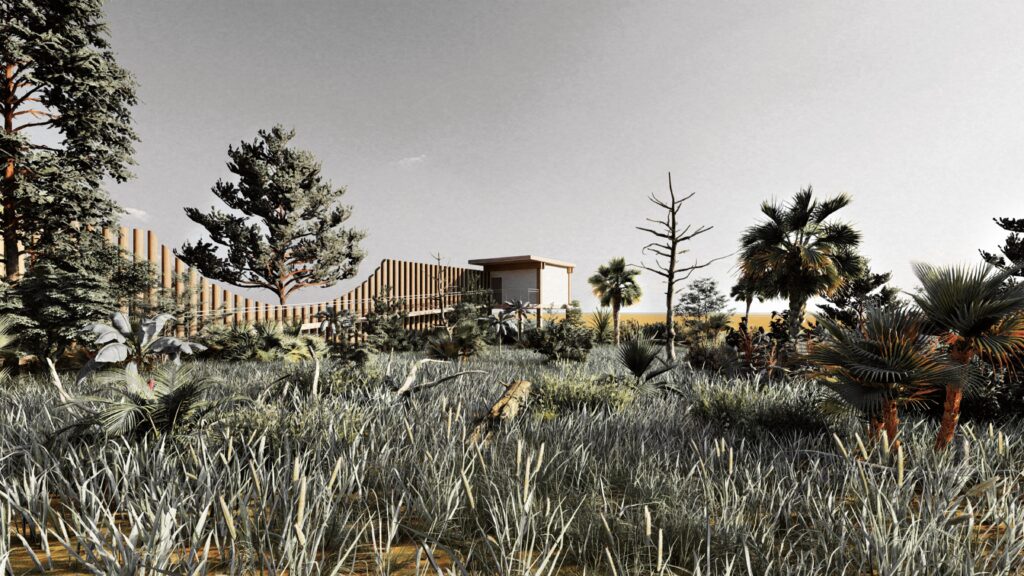
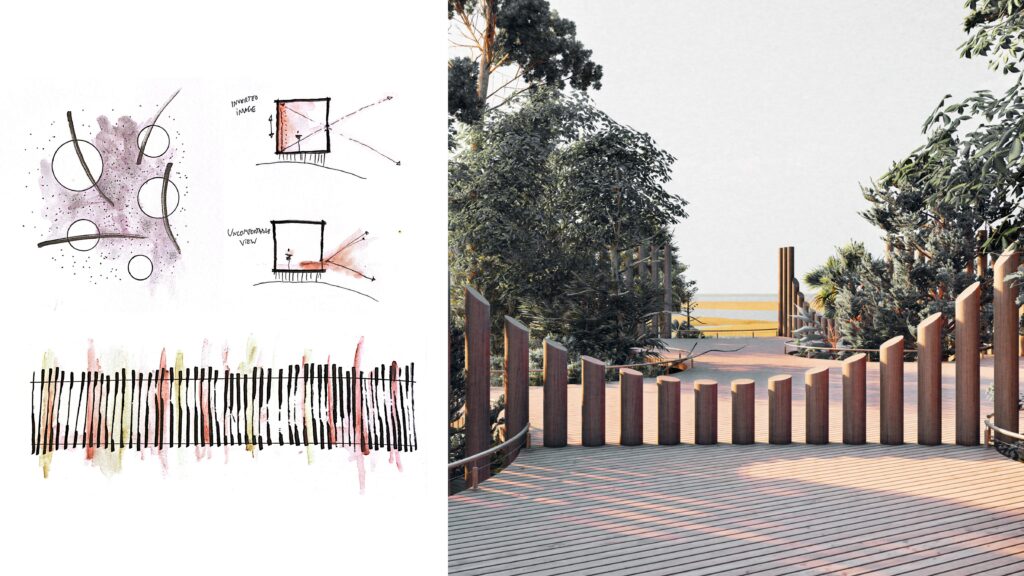
How do you envision the public and scientists interacting with the space? How did you adapt the design to promote this heightened consciousness of nature and microecosystems?
Relinquetur was designed to be a learning experience, where the public and private meet to celebrate this specific marsh ecosystem. The project incorporates a learning centre for the travellers, a laboratory for scientists, and a plaza where both have a moment of intimacy with the landscape. Through vertical and horizontal gaps, the immersion is achieved by the integration in multiple scales, framing the depth of the marsh and highlighting the active life cycles.
What do you intend visitors to feel when experiencing Relinquetur? Is there a specific lesson you wanted to portray?
Adaptability quotient drove most of the experiential aspect of the design, allowing humans to understand that the ecosystem and its life cycles are in constant adaptation with time. The determination of what is relevant balances between being present and projecting the future, and empathy with the environment becomes an attractive phenomenon of the project. The architecture integrates studies and emotions, allowing people to recognize the adaptation process of the landscape. The design is considered a moment of reflection, in which people’s awareness is expanded. The same philosophy is incorporated into the design strategies of the facilities.
Such a nature-focused design must have sustainable principles at its core. Can you tell us how the design and choice of materials help manage Relinquetur’s environmental impact?
The project was driven by the overlap of ideas, with a concept that arranged and organized the hierarchy of every decision. Following the guidelines of sustainability, Relinquetur branches into designing for physical and subliminal spaces, involving the well-being of a mental state, the adaptation to change over time, the integration of systems in a building, and the discovery of the past, present, and future. The materiality played an important role in managing resources, economy, and environmental strategies that compose the building, including water storage and energy consumption.
Do you feel like the theoretical knowledge you’ve gained while studying at the Savannah College of Art and Design affects your approach to practical design?
In our area of design, the understanding of time and space is essential, to blend the built and the threshold of consciousness into an artistic response. At SCAD, The Savannah College of Art and Design, I was taught to approach life and architecture with empathy, being abstract about emotions and sensations to a place or a moment in time. The practical side of architecture becomes the physical lines drawn to compose the boundaries of a building, the built result of the intangible.
Congratulations on winning the Emerging Architect of the Year for Living Spaces award at the LIV Awards! How does it feel to be recognized at such an early stage of your design career?
I am thrilled to receive this award, it is an absolute honour to be named the Emerging Architect of the Year for Living Spaces. I have always learned that hard work pays off, and this project was designed with a lot of empathy and respect. Relinquetur was designed to celebrate the complexity of the life cycles that compose the marsh ecosystem, exploring the habitable spaces of animals and humans, and blending living spaces into a harmonic response.
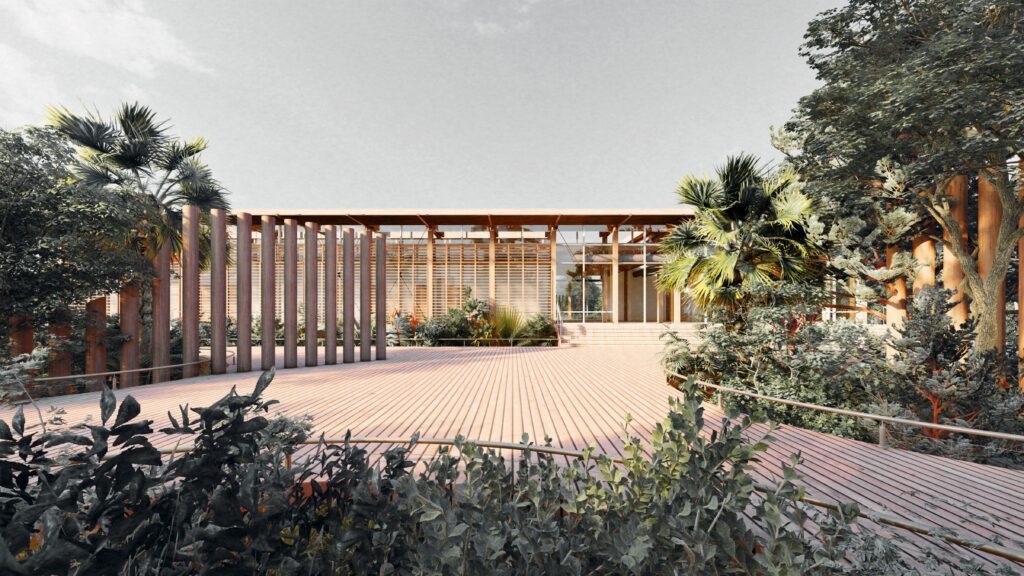
We can’t wait to see what the future holds for you! Can you tell us about what you would like your future to look like?
As a young designer, I am excited to expand my thoughts and emotions throughout the world. The future is always invisible and mysterious, being curious is the best way of having a glimpse of the unpredictable. Acceptance of time is a challenge, dealing with unanswered questions to solve problems gets us involved with the present time. I see myself as a traveller, navigating through memories and expectations to breathe in the air.



